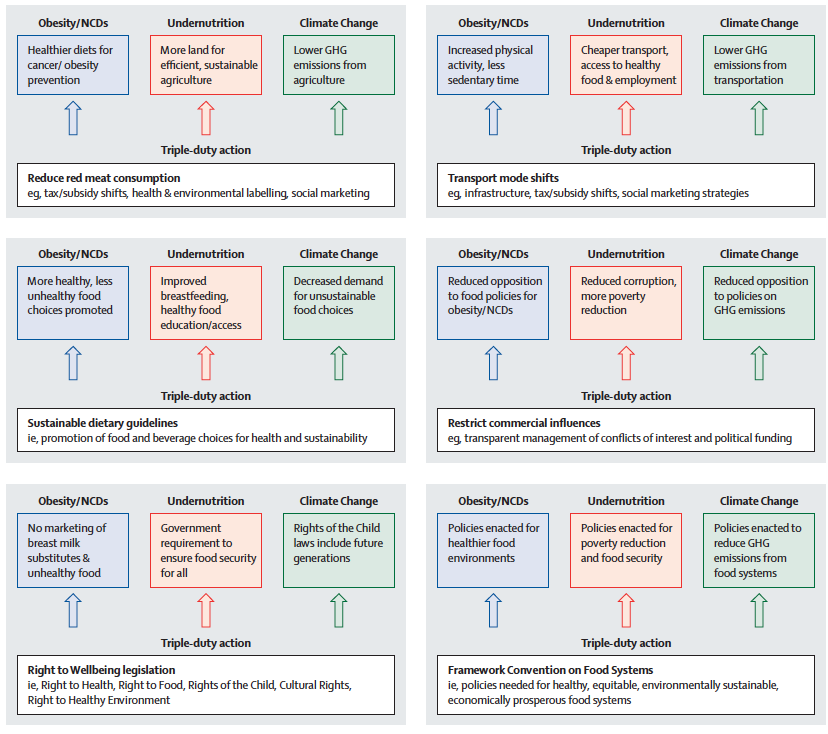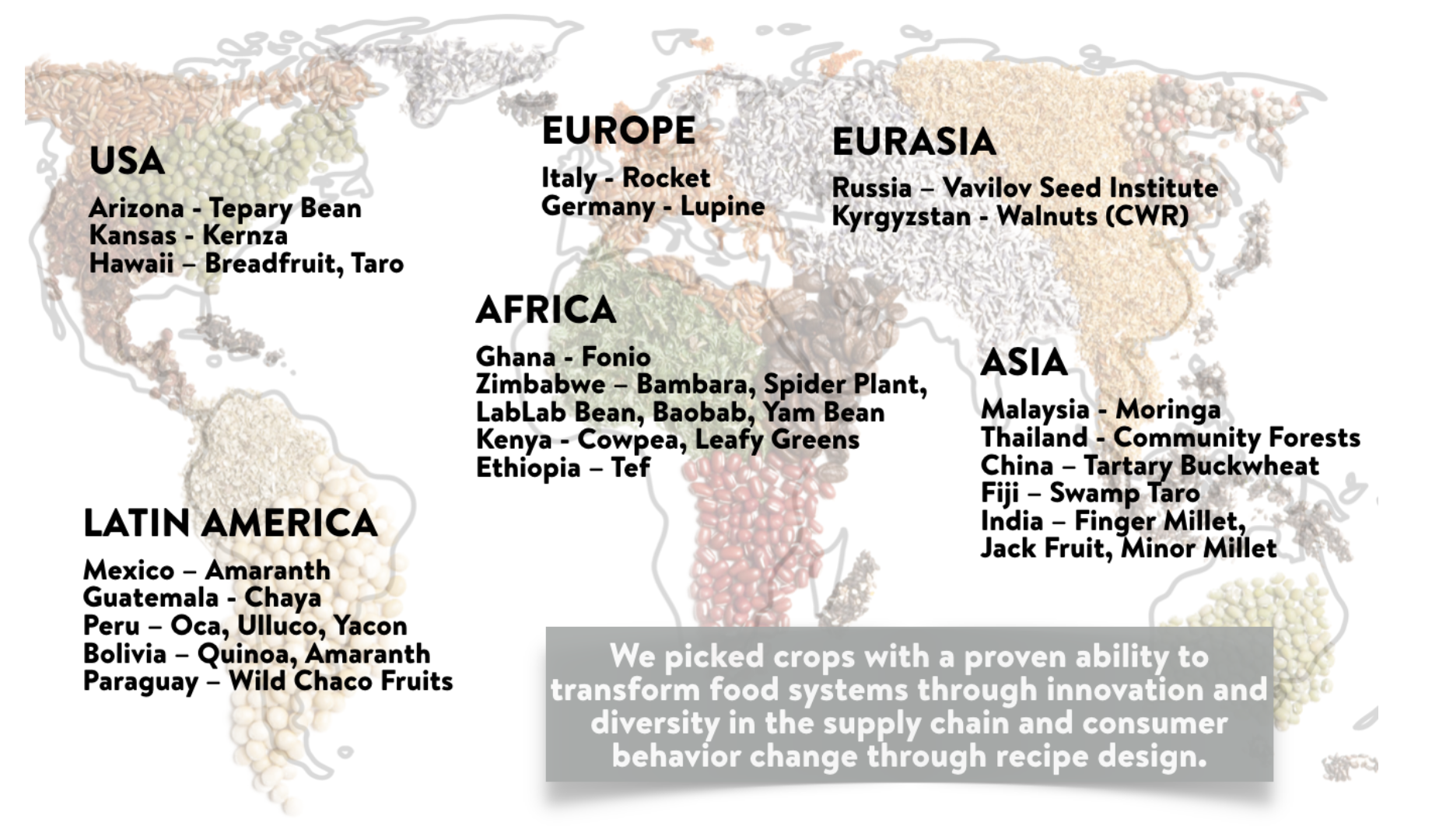I recently was asked to provide some commentary at the International Food Policy Research Institute (IFPRI) at the ARENA-II (Advancing Research on Nutrition and Agriculture) project policy seminar. I thought I would post my speaking notes on what I think is a really fascinating set of research findings stemming from the project. The seminar presented new research on food markets and nutrition including cross-country studies of the costs of nutritious foods and nutritious diets as a whole, and case studies of fish, dairy, and poultry products. The event can be watched here.
ARENA is trying to understand markets in low-income contexts. Markets play a key role in delivering food and nutrition, even for poor and remote rural households. But nutrient-rich foods, especially animal-sourced foods, are very expensive in poor countries, suggesting that markets for perishable but nutritious foods are not functioning well. Both scientific research and real-world programs have largely focused on farm-level interventions to diversify household production and consumption, not recognizing the important role of market purchases.
The major findings coming out of ARENA:
1. Nutritious foods are typically very expensive sources of calories in low income countries, although there are exceptions.
2. Consumption patterns are strongly associated with prices - price variations explains a LOT of the gap between low and high consumers.
3. Indirect evidence that non-price factors (also implicit price factors) matter a lot: e.g. refrigeration and water quality.
4. No single solution for improving affordability or increasing consumption:
Eggs: domestic productivity is key, often improving feed sectors (maize, soybean, fishmeal).
Dairy: production in some countries, but trade in others. Markets work incredibly badly in rural areas.
Fish: cheap and nutritious but under-appreciated by consumers.
Domestic and international value chains very important, but also important to think about industrial policy: e.g. How do we create a viable modern dairy industry that delivers affordable safe milk to both rural and urban consumers?
My talking points:
Diets are significant risk factors of morbidity, disability and mortality
The Global Burden of Disease based out of the University of Washington in Seattle has recently assessed the burden of malnutrition in all its forms for the Syndemic commission report in the Lancet. Globally and in the lower income countries, malnutrition in all its forms (shown as the contributions of undernutrition, high. body-mass index, and dietary risks) contributes as much disease burden as high blood pressure, tobacco, high fasting blood glucose and water, sanitation and hygiene combined. For countries with a low Socio-demographic Index, undernutrition incurs a much higher burden both in absolute terms and relative to the other leading contributors. The recognition that undernutrition and obesity are both due to poor diet quality and a low variety of healthy foods is a more helpful perspective to resolve nutrition problems collectively.
Our knowledge of diets is still a black box
Understanding what people are eating is important to shape food system and nutrition policies, including dietary guidelines. However, determining what people are eating, remains somewhat of a black box. We don’t know key questions such as, what are people actually eating? Where do they get their food from and how much do they pay, or are willing to pay for food? What influences their dietary choices? Does health or even the environment factor into their decision making? Data on diets and their sourcing and costs are developing with better use of metrics and surveys that feed into larger databases. We are learning more and more with each passing year. We still have significant gaps in low-income settings on many of these questions.
Diets are inequitable
We are really living in a time of haves and have nots. Globally, there is a significant debate going on about the impacts of animal source foods (mainly large ruminants) on climate change, the environment and on human health. Clearly, this debate sits with high-income countries and those countries which produce and consume vast quantities of meat that do not align with the sustainable development goals. However, we know that the production and consumption practices of some, will impact the many living in low-income countries who do not have the resources to adapt and change rapidly and are limited in their options. The inequities are staggering - the rural, the poor, the geographically isolated struggle to get enough animal source foods that are important, particularly for young children who are growing and developing and need nutrient-rich foods high in iron, zinc, protein, D, B12 etc. The ARENA study advances are understanding of the challenges that rural populations face in getting access to these critical foods – eggs, dairy and fish, rich in important nutrients and other health promoting properties – through both informal and formal markets. While the evidence is growing on the impacts of on-farm production to dietary diversity of households, we know rural peoples, smallholder farming families and day labor workers are net buyers of food and they need market that work.
My questions
I know the ARENA is meant to of course shed and shine a light but it is also meant to set out a research and policy agenda. Here are some of my questions that I was left wondering about for future research:
Infrastructure is so important. Not just roads but technology and innovation along supply chains. What would be the role of the private sector or PPPs to accelerate action and get over the barriers to access?
We cannot think about commodities as stand alone. They interact (the ARENA shows how important feed sectors (maize, soybean, fishmeal) are critical for the growth of animal source foods). How do we grapple this with land use changes?
The enabling environment is key. What should policies focus on? Subsidies? Trade?
Changing food environments or markets. How shall we measure changes and rapid shifts that we are seeing in many rural places, with the encroachment and influence of urban hubs? I would be keen to see how processed, packaged foods are changing the diets and market landscape in rural places.
Many consumers all over the world are driven by the same issues - price, convenience, taste. Other factors matter too like reliability and safety. How do we get consumers to care more about nutrition or is that completely unrealistic? What are the trade-offs?
Eggs: Can these rural areas shift from scavenging systems to intensive systems? How realistic is that? How much does that cost? Is there infrastructure and investment to do this? There is new evidence showing eggs increase cholesterol and heart disease risk - once again, eggs are deemed to not be god for us. Should we be worried about future burdens if we are promoting these foods to children to improve nutrition?
Dairy: Lactose intolerance. The expression of lactase which digests lactose from milk in humans is generally lost after weaning, but selected mutations influencing the promoter of the lactase gene have spread into the human populations. This is considered a classical example of gene-culture co-evolution, and several studies suggested that the lactase gene has been under strong directional evolutionary selective pressure in the past 5000 to 10,000 years. These data indicate that a combination of socio-economic, ethnic and evolutionary factors converged to shape the genetic structure of lactase persistence in East African populations. A Lancet systematic review study in 2017 showed that lactose malabsorption is widespread in most of the world, with wide variation between different regions and an overall frequency of around two-thirds of the world's population. 63% (54–72) in sub-Saharan Africa. Lactose malabsorption was also widespread in Africa. including northern Africa (53–84%) and sub-Saharan Africa (77–100%), with the exception of Niger (13%), Kenya (39%), Sudan (55%), and Tanzania (45%) - pastoralist populations. I am keen to learn more about this?
Fish: What would be the strategies to improve the status of fish among consumers as they get wealthier? What role does aquaculture play in these areas and ensuring feed is affordable and more sustainable? What about alternative feeds?
Are there gender links to any of these commodities as they become commercialized and how does that change household intake of these foods?
How do we ensure these rural places thrive? Someone needs to feed this growing urban population. Who will it be and how if rural places struggle to feed themselves?







